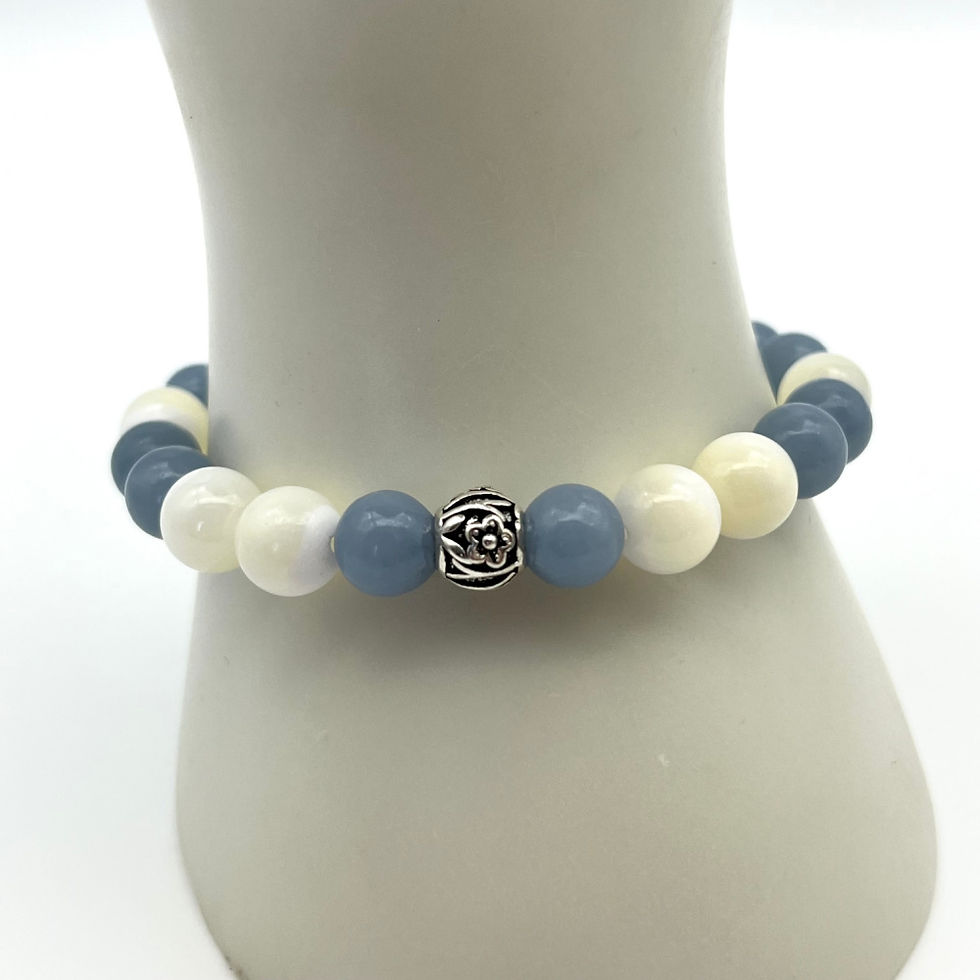collaborative guest post
We have come to the point where we can no longer guess how well our planet will survive with the current level of waste we produce. We are now heading for environmental disaster and it is imperative that the younger generation understand the damage we are doing. Our children need to learn about caring for the environment because this will be essential for both their future and that of generations to come.
For the UK, the EU had set a target for a minimum of 50% of household waste to be recycled by 2020 whereas the level reached in 2016 was 45.2% which was an increase on the 2015 level of 45.2% so the UK is close to hitting the target.
However, back in 2016, the UK produced some 22.8 million tonnes of rubbish so even with almost 50% being recycled, that is still a huge amount of waste heading for landfill.
So, the question is, how can the UK and the planet as whole move away from being one massive dustbin that is overflowing with rubbish?
Well, educating children about recycling would be a great start and teaching them the three Rs of waste management should be easy, rewarding and, most of all, fun.
Let’s look how we can introduce kids to the concept of reduce, reuse, recycle.

Why children should be taught about recycling
Children need to understand why sustainability is so important to the environment and that recycling is a significant way to achieve this. They will then grow into responsible environmentally aware adults with the opportunity to help our planet to survive and thrive.
Reduce and reuse before you recycle
There is no doubt that recycling lessens the impact that waste has on the environment because it reduces the amount of rubbish that ends up either being incinerated or dumped in landfill sites. However, most recycling processes themselves use valuable resources and energy.
So, while recycling is good when something comes to the end of its life, a better habit to get into would be to try to reduce and reuse everything first.
This means that we should use what we have for as long as we possibly can rather than replacing it while it still has a useful life which will reduce the amount of products we buy.
Every time you think about buying something, stop and just ask yourself one simple question, do you really need it? That’s one great lesson for kids too.
For children, understanding that items can be reused or repurposed is important. As they grow out of certain clothes and these are not good enough to give to charity or to pass to younger children, then show them that if they are cut up they can be used as cleaning cloths or bath flannels depending on the material. You can make this more fun by talking about the memories they have of wearing those clothes whilst they’re having a wash!
Teaching children all about recycling
Family lives and routines are always busy but fitting in teaching children why recycling is important and how to go about it can be made into a fun challenge for them.
Take mealtimes for example. One of the most important aims here is to eliminate food waste so teaching children that piling food onto plates only for some of it to be left to go waste is not the right approach. That leftover food on the plate will just go into the recycling bin whereas it could have been stored in the fridge to be eaten for another meal or be turned into something else – back to the idea of reduce and reuse instead of recycle.
If food does seem to be heading for the recycling bin, there is another option and that is to create your own composting system and what kid wouldn’t be excited about the prospect of feeding wriggly worms. What’s even better is that the lovely compost that results can be used to produce some healthy home-grown vegetables – something else to challenge the kids with!
Let’s move from food and the kitchen to the bathroom where there is no doubt a myriad of assorted plastic pots, tubes, tubs and bottles. While obviously it’s better to avoid anything that comes in plastic at least these can go into the recycling bin after a quick rinse.
Meanwhile, in an effort to save our planet’s dwindling resources, kids should be reminded to turn off the tap when they are brushing their teeth and instead of buying pump action plastic bottles, try to use bars of soap and shampoo.
Make it fun
Playing games and doing activities that encourage zero waste are great ways to engage children and help them to become more environmentally aware.
How about all going to a car boot sale or a charity shop together, both really good ways for children to see their clothes and toys going on the next stage of their life’s journey and understanding that while something still has life, it should be recycled or reused.
Got them interested in gardening with the compost heap and home-grown veg? Get them to put some of that compost in empty egg boxes and let them watch herbs and cress grow until it is ready to use in some of their meals – a very rewarding experience.
As much as we would prefer to discourage our kids from being constantly glued to one screen or another, there are actually some fantastic YouTube clips about zero waste and these could kick off family discussions about waste and landfill and the effects on the environment.
Once kids understand that some materials simply do not decompose and come to realise that they will therefore still be on the planet in hundreds of years’ time, it will give them plenty of food for thought.
So, don’t lose the opportunity to show children when you’re out shopping how to cut down on plastics and packaging and to recognise when plastic is being used unnecessarily for the convenience of consumers.
Start by showing them that a banana comes in its own packaging, its skin, so certainly doesn’t then need to be put in a plastic bag to go through the till. From there, tell them to find other food items that are packaged in plastic that really isn’t necessary. Show them that buying loose products is much better than choosing the pre-packaged alternative.
Back at home, make sure you have an easily accessible recycling bin and teach the kids how to separate the household waste properly so that it becomes an automatic process for them.
Schools should be helping to teach children about recycling too and will almost certainly be doing recycling on site but if this isn’t the case, volunteer either yourself, your child or nominate someone else to become an eco-hero who takes care of recycling at school.
Then get the schoolkids involved in saving sheets of waste paper to be used during rainy breaks indoors or hold competitions – which class can collect the highest number of items to recycle or who can come up with a great idea for reusing something the school uses but is then currently recycling.
We can make a difference!
Svetlana Lungu from Why Matters Shopify agency says we really can make a difference by behaving more responsibly. Take as an example the use of plastic carrier bags – as soon as we had to pay for these, there was an 85% reduction in their use and now everyone has reusable bags for life instead. What is remarkable is that the transition took hardly any time at all.
So, if every reduce, reuse or recycle action could be this quick and effective, then our children would learn to live in a sustainable way that protects our planet – all they need is a little guidance to set them off on that eco-friendly path.








.png)





































